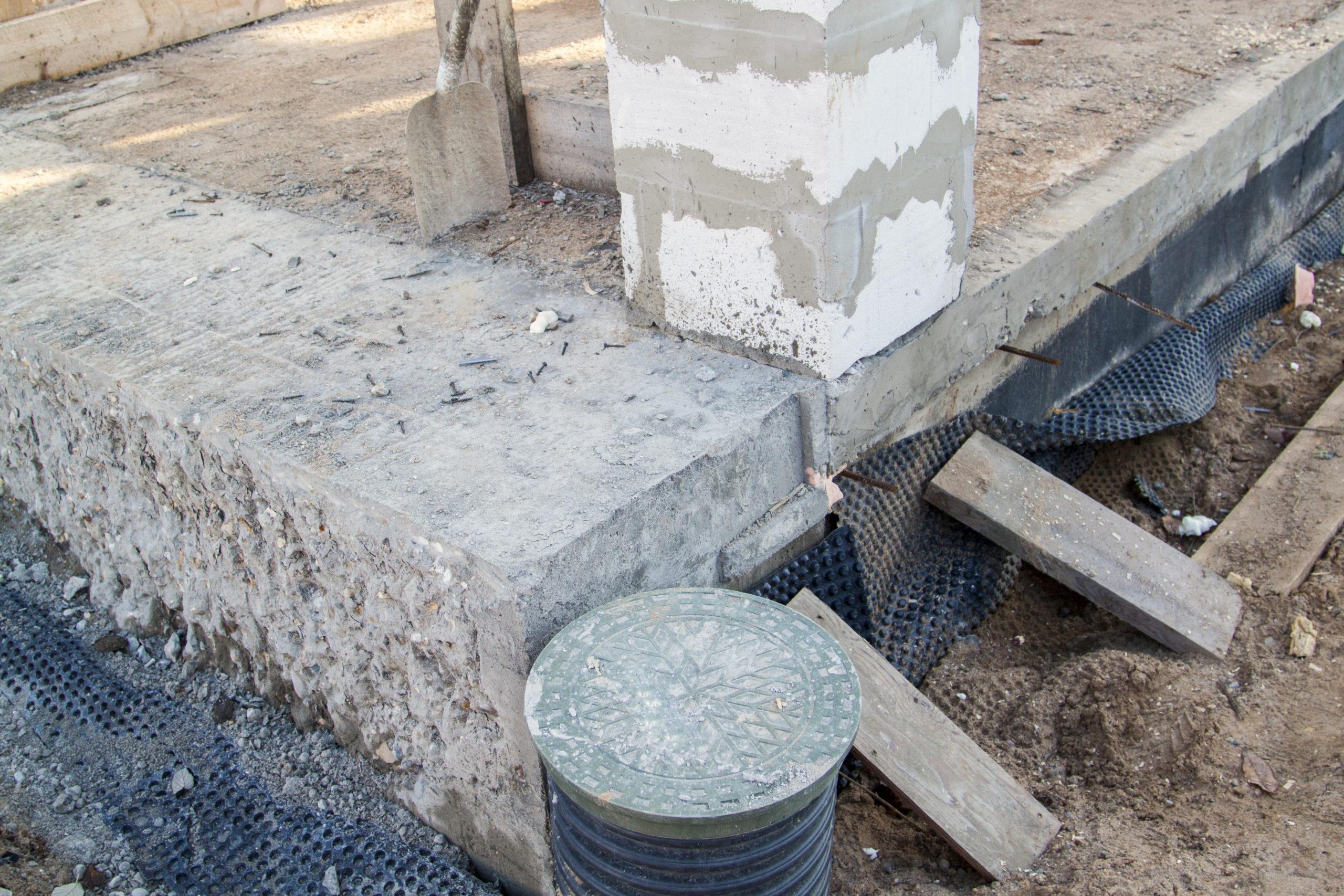How To Install Foundation Waterproofing Membrane
It’s crucial to ensure that foundation waterproofing is installed correctly the first time. Retrospective problem-solving is challenging, but it is possible. When it comes to safeguarding your foundations, you have a lot of options.
The foundation waterproofing membrane is the waterproofing material that is put at the foundation to prevent rainwater from leaking through. When drainage at the base of foundation walls is inadequate, it offers protection in the event of water collection.
Water-Resistant VS Waterproof – Foundation Waterproofing Detail
Waterproof products and those that are water-resistant differ from one another. Waterproof and water-resistant goods, however, differ from one another and should be employed in line with the building’s location and objectives.
Water-resistant products will aid the structure in withstanding the weather, but they cannot be submerged in water. Concrete is created with water and is highly permeable. Concrete will absorb any water that comes into touch with it when the water in the concrete evaporates and dries.
Step By Step Guideline for Best Foundation Waterproofing Membrane
Everyone will agree if we say that it is worth spending time and money to create a quality concrete foundation since it will save time and money in the long run compared to having to go back to the site, dig it, and address the issue. To do this, it is essential to keep in mind that the waterproofing layer is a component of a larger, more complete system.
Planning And Scheduling – Foundation Waterproofing Detail
Give waterproofing a lot of float time. Recognize that during the busy season, competent waterproofers may be in great demand if you’re hiring a waterproofing subcontractor. Waterproofing work might potentially be delayed by rain. Plan the foundation waterproofing membrane layout well in advance.
The completion grade line on the foundation walls will probably be shown on the plan elevations, but these lines should, if required, be checked with the architect. Waterproofing that is black and sticky shouldn’t be seen above grade.
Keep an eye out for changes in grade level. If the architect chose to use a retaining wall to manage the transition, a line of waterproofing that descends diagonally from one level to another won’t work.
Identify The Waterproofing Line and The Finished Height of The Foundation Above Grade
Calculate the height first and then mark the line accordingly. Limit your descent to six inches below grade level. This is crucial for buildings with intricate foundations and varied gradients.
Cleaning And Inspection of Walls – Foundation Waterproofing System
After the external foundation has been made visible, the area is power cleaned to get rid of any loose soil. By looking for cracks or other breaches in the foundation, foundation waterproofing membrane specialists may now locate the source of your water infiltration issues.
Check Cracks for Best Foundation Waterproofing Membrane
After the excavation is finished, wipe the wall and look for any crevices or places where water is seeping in. If you notice these problems, cover the walls with hydraulic cement to halt the leak. With its chemical characteristics, hydraulic cement will fill in the cracks and gaps as it cures, expanding as it does so to lessen the likelihood of leaks.
Installation Of the Waterproofing Barrier
The waterproofing barrier is then applied to the foundation walls in the following stage. We must first evaluate the surface of the walls and fill any gaps larger than 14″ (or 6mm) with an anti-shrinkage mortar before moving on. Additionally, having dry, clean walls is essential for the foundation waterproofing membrane product’s performance.
Remove any debris, weak or loose materials, and other things that can interfere with the waterproof system’s ability to function. To waterproof foundations, a variety of technologies are available, including elastomeric systems, cementitious coating systems, bitumen modified felts, and more.
Installation Of Liquid Membranes – Foundation Waterproofing System
The foundation walls’ structural soundness is restored by using a higher-strength hydraulic cement to patch gaps and fractures. Usually, this substance solidifies after a few hours and may be slathered to a smooth surface. Foundation walls, footings, and other building components are given waterproof protection by a liquid membrane applied with a trowel. Rubberized asphalt is a finish that fills in divots and holes to provide additional protection against water intrusion.
Set Up a Drainage Mat – Foundation Waterproofing Membrane Detail
A drainage mat is indeed a composite component with a nylon-tied filament core that is used with a mechanically attached external insulation and finish system to create a path for the drainage and flow of moisture from the wall assembly. The drainage mat, which must be precisely cut to the depth of the foundation, must be molded with dimples to provide air spaces between the wall and itself, allowing moisture to drain and keeping the building dry.
Complete The French Drain
Install the weeping tile or French drain. The pipe, which might be 4″ in diameter, has to be put at the footing’s base to drain water that accumulates below the basement floor. Installing cleanouts is an excellent idea since it makes maintenance tasks much easier. Complete the installation of your French drain by backfilling it with gravel. For earth areas, gravel should be placed 18 inches above grade, and 4 inches above grade where cement will be applied.
Ensuring Your Building Remains Waterproof
Waterproofing is a building technique used to guard against flooding and structural damage to a structure or feature. Even though many people tend to underestimate the value of waterproofing and believe it to be an expensive approach when it comes to buildings, preventing water-based damage will minimize the need for subsequent maintenance or corrective work.
Any structure, feature, or landmark which needs suitable protection can use waterproofing.
